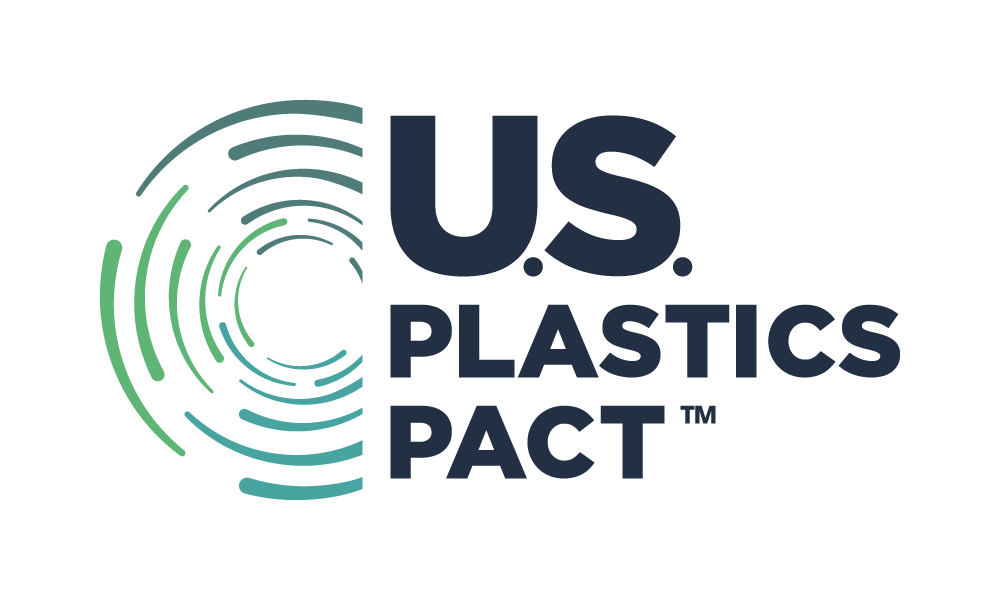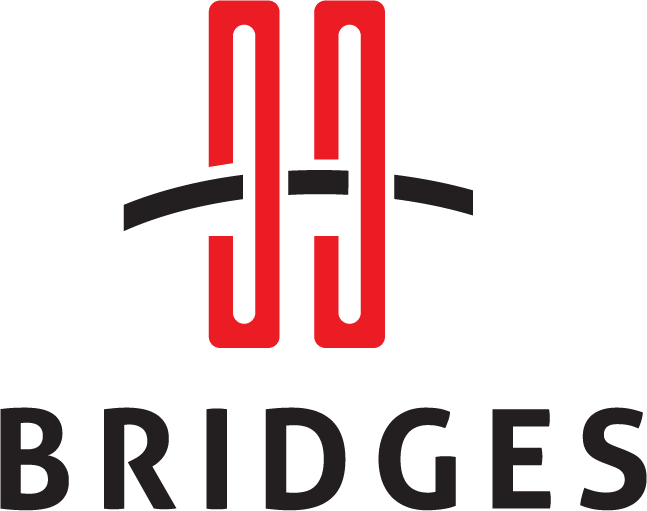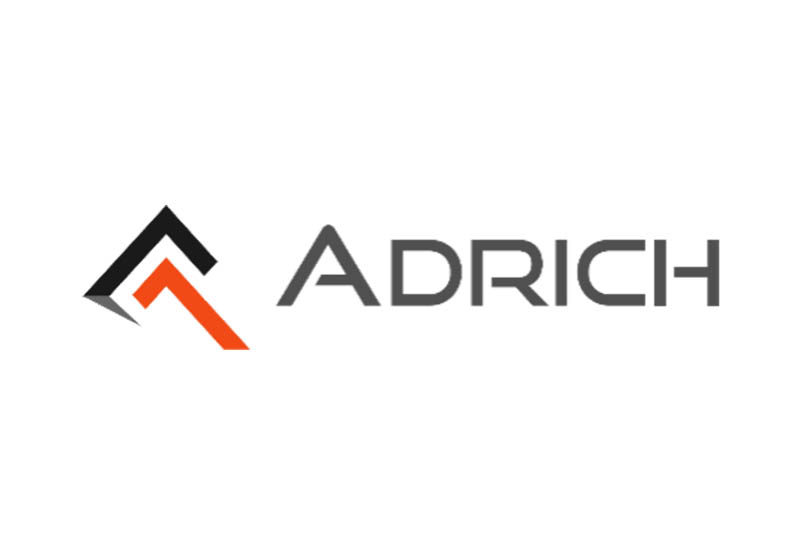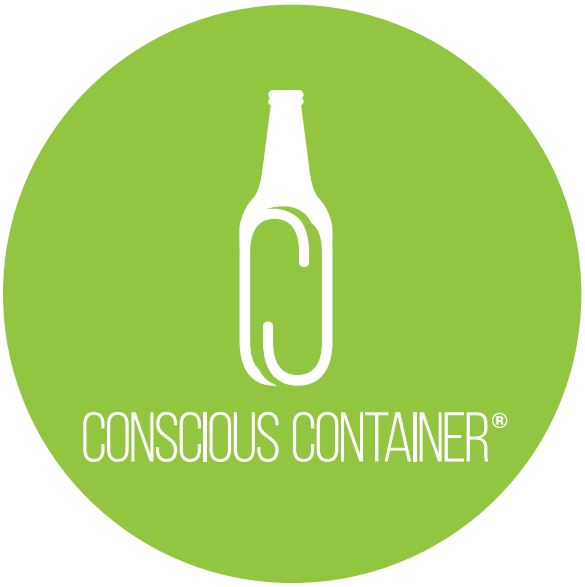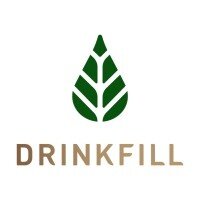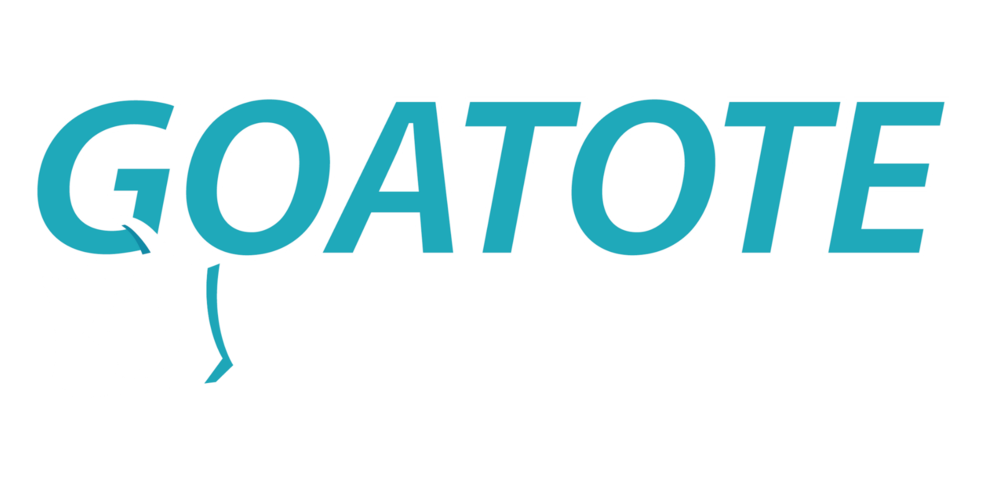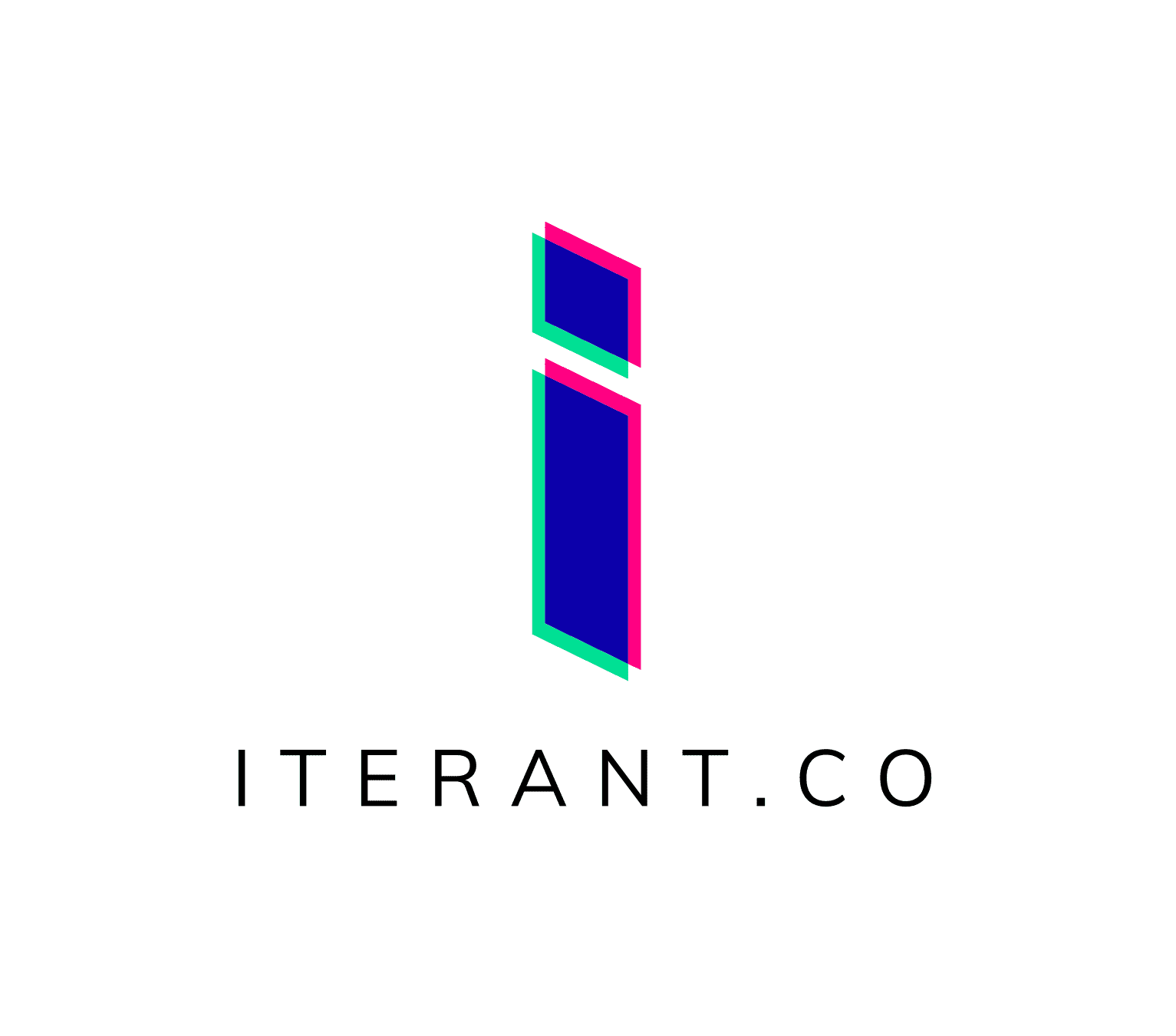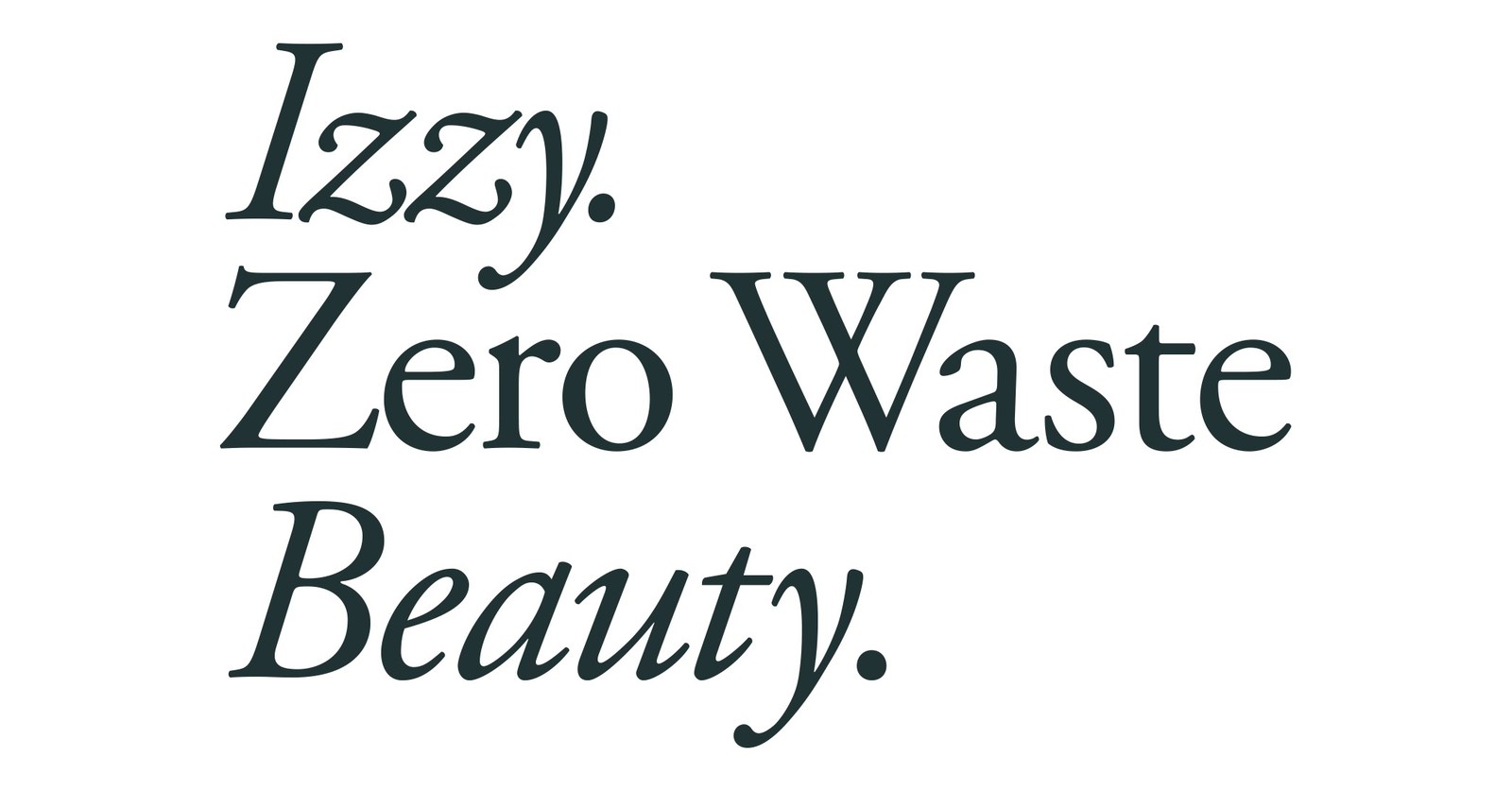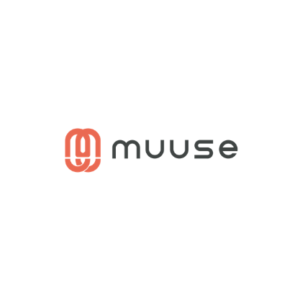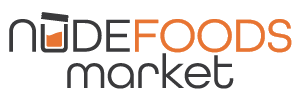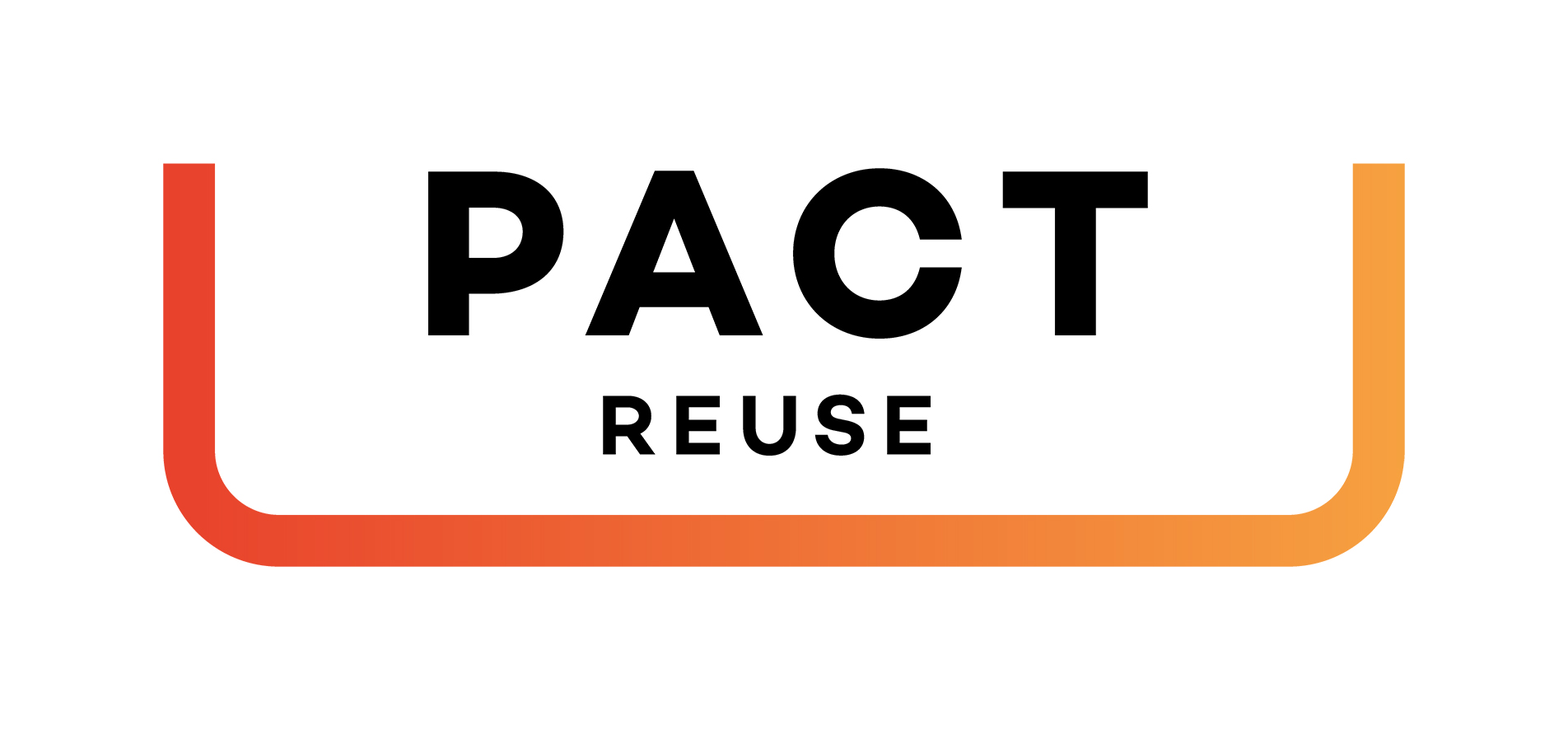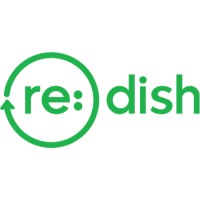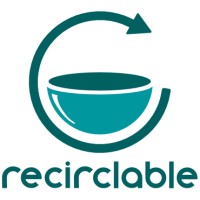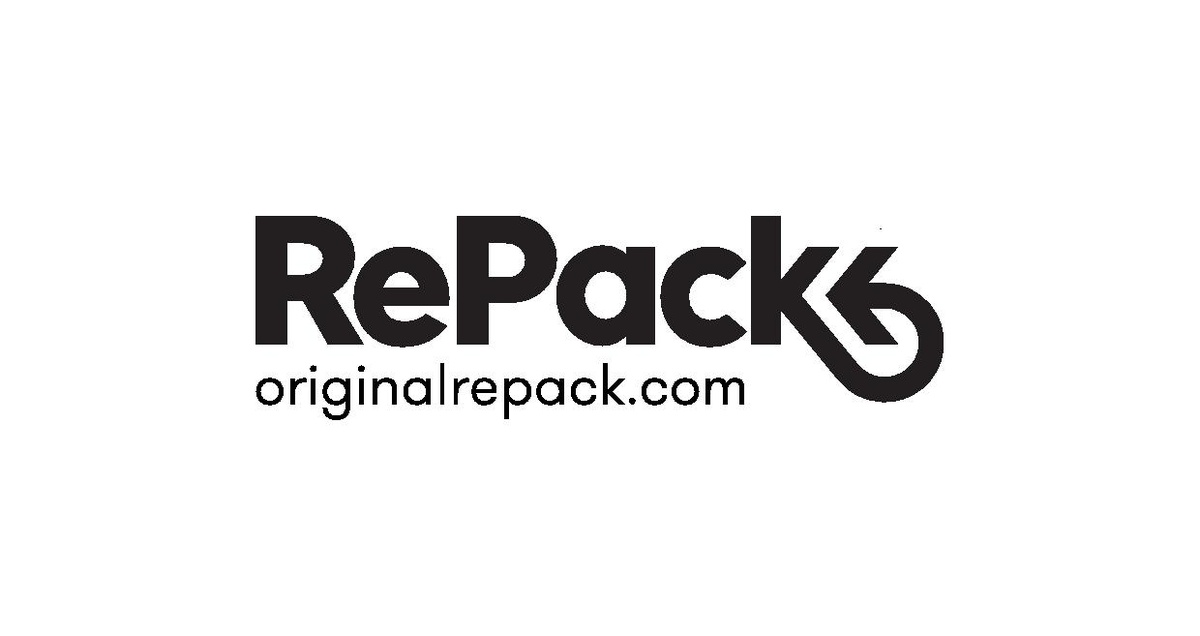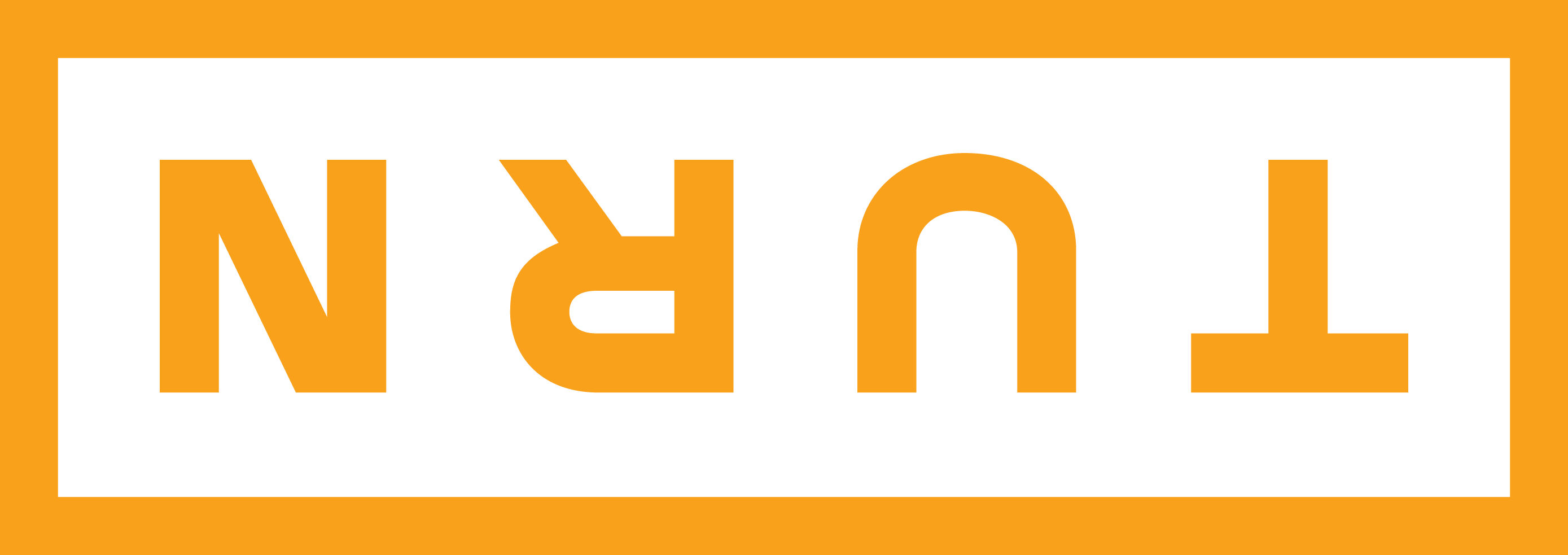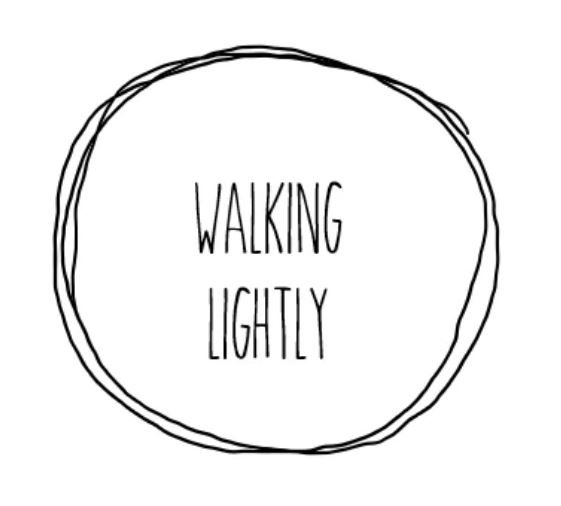The U.S. Plastics Pact’s Reuse Catalyst is a pillar of the U.S. Pact’s broader reuse efforts to accelerate the cross-industry uptake of reusable and refillable packaging in the United States. Facilitated by the U.S. Pact and in collaboration with Closed Loop Partners, the Reusable Packaging Association, and World Wildlife Fund, the Reuse Catalyst aims to bolster the development of emerging and established reuse and refill innovators, and the broader industry, through shared learnings, expertise, connectivity, and amplification.
We are proud to announce the inaugural cohort of U.S. Pact Reuse Catalyst Partners.
Benefits
Selected applicants will benefit from increased brand recognition and visibility as they become publicly recognized, formal “U.S. Pact Reuse Catalyst Partners.” The Partners will gain access to the U.S. Pact network of 110+ retailers, investors, and experts, among others, for mentorship, learnings, and potential partnership opportunities. This will include the potential for 1:1 sessions with retailers, investors, and mentors. The U.S. Pact will host meetings with the participating innovators as regular check points throughout the collaboration period to discuss progress, challenges to overcome, data collection, and other areas of opportunity or assistance.
Eligibility
Businesses do not need to be U.S. Pact Activators to apply, provided that they have operations are in the U.S. A company must be either already deploying or will deploy before October 19, 2022, a reusable or refillable packaging model for a short or long-term testing period in market conditions. The model must demonstrate the ability to gather qualitative and quantitative insights that evaluate product performance, economic feasibility, customer attitudes, accessibility and equity, solid waste prevention, and potential for scaling to advance circularity. Participation in the program may range from 6-18 months.
Expectations
A panel of judges will select final program participants from reuse and refill innovators of all sizes. Selected applicants will receive tailored support and benefits from the U.S. Pact in exchange for innovator’s participation in the U.S. Pact’s surveys. Surveys will be completed by participating innovators and deployed by innovators to their customers, to support the collaborative efforts to obtain shared learnings around reuse modeling, customer sentiment and accessibility, source reduction capability and scalability, and collaboration between stakeholders, among other insights. Participants will share their individual learnings on reuse; data-driven insights will be aggregated and anonymized to share more broadly and accelerate the growth of the industry. Customer and individual data will be kept confidential.
Surveys
The U.S. Pact’s surveys, as part of the Reuse Catalyst, will be deployed to innovators themselves to complete, and via innovators to their customers to complete. The U.S. Pact will provide step-by-step guidance and support to innovators so that deployment and completion of surveys is smooth and seamless. Surveys for innovators to complete should not take longer than 20-45 minutes to complete on a quarterly basis, while surveys for innovator’s customers should take no longer than 3-15 minutes depending on survey format.
Reuse Catalyst Scoring Criteria
The Reuse Catalyst is responsible for administering a consistent and transparent process in which applicants are judged and selected for the program. Applications to the Reuse Catalyst will be reviewed by an expert panel, using a scoring system vetted by the U.S. Pact’s Reuse workstream that evaluates multiple factors, including scalability, technical feasibility and market acceptance.
Based on answers submitted via the application form by innovators to the Reuse Catalyst, judges will use the following four criteria to ensure that they are taking into consideration multiple angles around reuse. Sufficient information may not be available to answer every sub-bulleted question; these questions are to be considered suggested prompts and areas for exploration and consideration for the judges.
Environmental
- Sustainability of materiality: Does the product design consider sustainable sourcing and end-of-life e.g., is recycled content or responsibly sourced biobased content incorporated? Are there certifications re: responsible sourcing? Can it be recovered after use? Is the packaging designed for recyclability or compostability at the end of its life?
- Number of reuses: How effectively does the system “design out waste” and displace single-use? What evidence of repeat reuse is there?
- Impact measurement: How robust are the metrics they’ve shared? E.g., are they tracking every reuse through digital means? Are they thinking about GHG emissions?
- Product category and “fit for reuse”: Does this product category lend itself to reuse? E.g., is the product bought and consumed frequently requiring repeat purchases? Do current packaging alternatives fall short i.e., not durable enough or have little to no current end-of-life options?
Social
- Accessibility: Is the offering convenient to customers from diverse backgrounds? E.g., does it require a mobile phone/tech or multiple app downloads? Have they considered accessibility of design, for example languages, wheelchair access etc.
- Affordability: Is the price point and target demographic accessible or exclusive? e.g., are there potential savings by engaging in reuse, perhaps if able to buy exact amounts at bulk prices?
- Customer desirability: What’s the customer satisfaction with the product? e.g., mass uptake? Anecdotal feedback from customers etc.
- Internal practices: Any fair labor certifications or protocols? Domestic supply chain? Any internal justice / equity / diversity / inclusion policies in place? (Consider who is running this pilot and the community they represent as that relates to accessibility.)
Economic
- Company size and growth: How many employees? What kind of expansion is underway?
- Market demand: Is there evidence of market demand for their solution, e.g., recent fundraising, signed LOIs?
- Potential cost savings compared to single-use: At scale, could reuse be at cost parity with single-use?
- Additional value-creating opportunities through reuse: Does reuse bring improvement in product quality, worker handling/ergonomic design, worker time and labor (e.g., can automation be applied), smart data generation, mobile app functionality?
Scalability
- Diversity and scale of partnerships: Is there evidence of strong network development and partnerships? E.g., are they working with cities, engaging local advocates, working with large scale brands/Fortune 500s?
- Interoperability of solution: Is their product or tech able to work across different brands’ platforms or integrate with others?
- Location: Are there densities or colocations that might help with economies of scale, e.g., potential for shared washing infrastructure?
